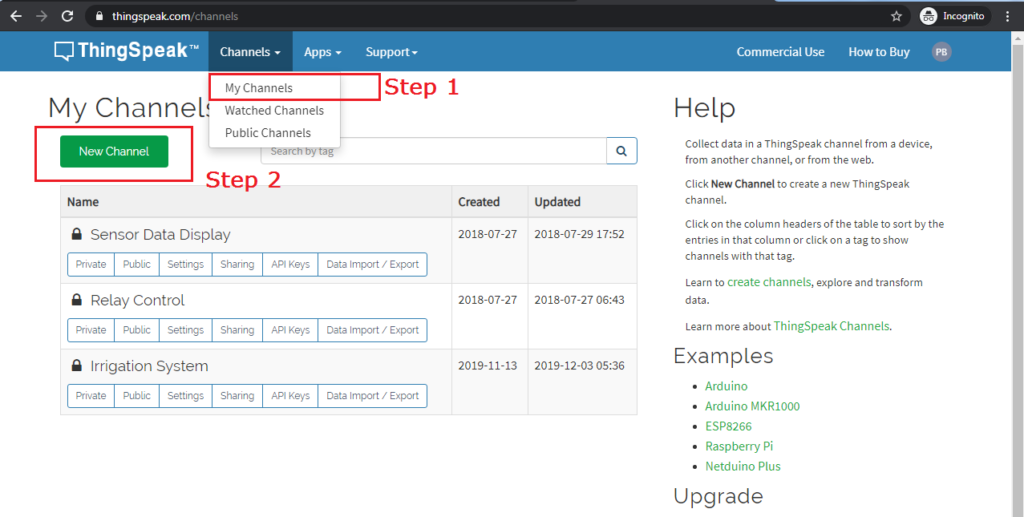Introduction
Adding an ESP board to the Arduino IDE Board Manager allows developers to harness the power of ESP32 microcontrollers within the familiar Arduino environment. The ESP32, known for its robust features like Wi-Fi, Bluetooth, and low power consumption, is a popular choice for IoT projects. Integrating ESP32 into Arduino IDE simplifies the development process, offering a seamless setup and extensive library support. This guide provides a straightforward, step-by-step approach to installing the ESP32 board package, enabling users to begin programming their ESP32 devices quickly. From configuring board settings to uploading sketches, the process is designed to be user-friendly, even for beginners. By following these instructions, developers can unlock the full potential of ESP32, making it easier to prototype, test, and deploy a wide range of applications, from simple sensors to complex automation systems.
Step-by-Step Process
Open the Arduino IDE:
- Open the Arduino IDE on your computer.
Open Preferences:
- Go to File -> Preferences (on Windows) or Arduino -> Preferences (on macOS).
Add the ESP Board URL:
- In the “Preferences” window, look for the “Additional Boards Manager URLs” field.
- Add the following URL to the field
https://dl.espressif.com/dl/package_esp32_index.json
http://arduino.esp8266.com/stable/package_esp8266com_index.json- If you already have URLs in this field, separate them with a comma.
Open the Boards Manager:
- Go to Tools -> Board -> Boards Manager….
Install the ESP Board:
- In the Boards Manager window, type “esp32” in the search bar.
- You should see “esp32 by Espressif Systems”.
- Click on the “Install” button to install the board package.
Select the ESP Board:
- After installation, go to Tools -> Board and scroll down to find the ESP32 boards.
- Select the specific ESP32 board you are using (e.g., “ESP32 Dev Module”).
Install the Required Libraries (Optional):
- Some ESP32 projects may require specific libraries. You can install these via the Library Manager (Tools -> Manage Libraries…).
Configure the Board Settings:
- Depending on your project, you might need to adjust some settings like the flash frequency, upload speed, or partition scheme. These options can be found under Tools -> relevant settings.
Connect the ESP Board:
- Connect your ESP32 board to your computer via USB.
- Select the correct port under Tools -> Port.
Upload a Sketch:
- Open an example sketch from File -> Examples -> ESP32.
- Click the “Upload” button to upload the sketch to your ESP32 board.
Summary
By following these steps, you will be able to add and configure an ESP32 board in the Arduino IDE, allowing you to develop and upload sketches to your ESP32 microcontroller.



Pingback: How to Control Relay Using ESP32/ESP8266 as a Web Server – Projects4u